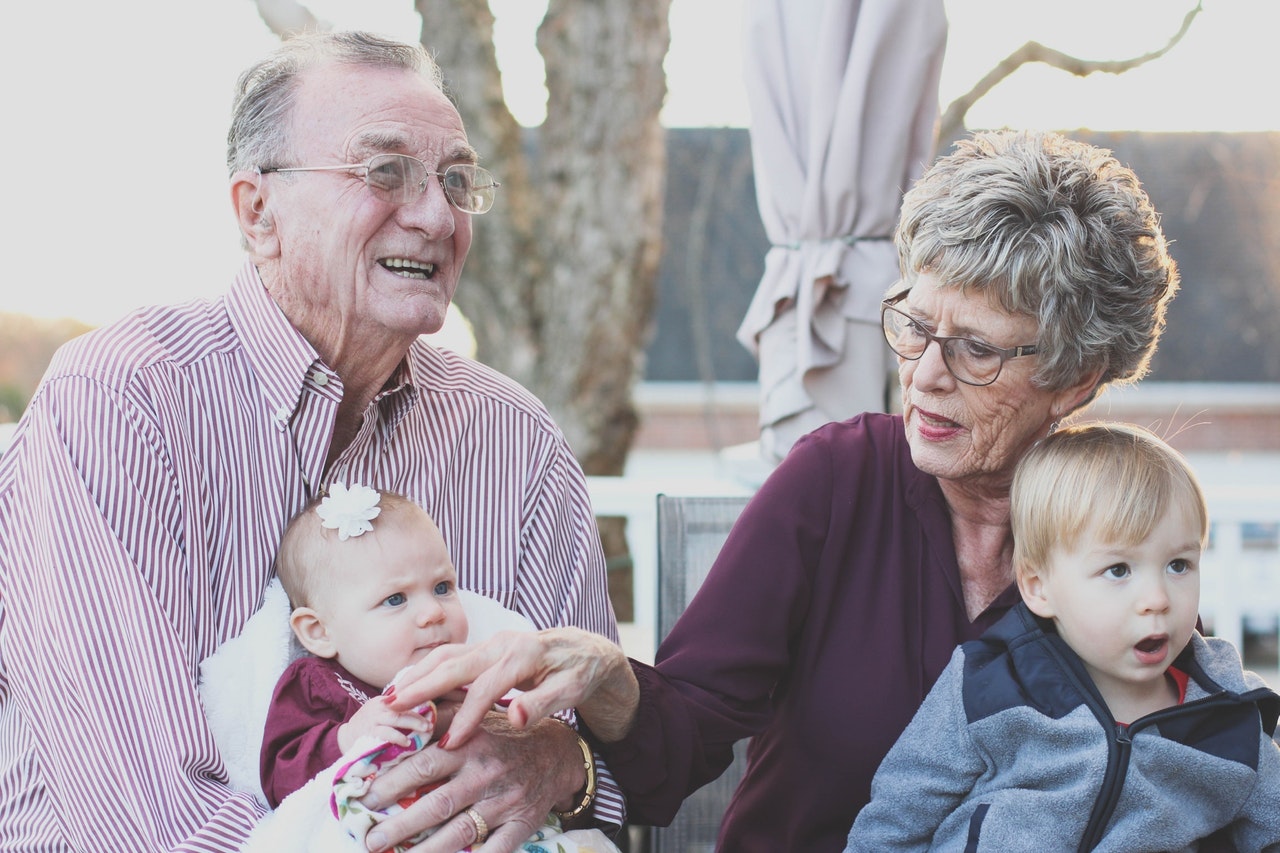It can be easy to believe, when looking through images of people practicing yoga, that this discipline is primarily for the young. Often associated with impressive physical feats, toned physiques and strict adherence to a singularly healthy (and very aspirational) lifestyle, youth is in many ways a key part of our Western perception of yoga. Yet far from being something that only benefits young people, yoga can accompany us throughout our lives, helping us live that little bit more happily and healthily as we journey into older age.
One of the things that separates yoga from many other forms of exercise is that, by bringing attention to and coordinating the breath with the movement of the body, yoga is a practice in mindfulness. While many iterations of yoga are purely secular, there is also a spiritual element to yoga which many can find both comforting and helpful. It’s through these mechanisms that yoga has the potential to improve both physical and mental health, as a growing body of scientific research can attest to.
Our physical and mental health can become subject to new challenges as we get older, but here are the ways in which yoga can support us in both mind and body.
The Body
As a system of exercise, yoga can be a low-impact way to retain and improve flexibility, develop our balance, and build muscle strength. Our bodies go through all kinds of changes as we get older, and while advancing years is no barrier to living life to its fullest, many of us find ourselves having to look after ourselves that little bit more – especially once we have a few decades behind us!
According to the NHS’s guide to yoga, yoga can help prevent falls by strengthening our knees and ankles, and improving our balance. This is something which is useful for people at any age (as no one particularly enjoys taking a tumble) but is particularly beneficial once we’ve toasted a few post-retirement birthdays. We are more likely to fall as we get older and the consequences of these accidents tend to become more profound in old age, as we are less able to recover from bodily trauma.
For those of us with arthritis and osteoarthritis, yoga therapy (which is tailored to individuals, to ensure that the issue isn’t inadvertently worsened) can be a gentle way to promote flexibility and strength. Yoga can also reduce pain and mobility issues, and the practice can be tailored in order to be more appropriate for people facing a variety of health challenges – for example, poses that can be practiced while seated.
The benefits of yoga don’t end with strength, balance and musculoskeletal issues, however. A review of yoga and cardiovascular disease published in the European Journal of Preventive Cardiology indicates that yoga may help lower heart disease risk as much as conventional exercise, such as brisk walking. This is encouraging news for people who perhaps face physical limitations, and yoga has also has additional benefits in reducing blood pressure, blood glucose level, cholesterol level, and body weight.
The Mind
It’s thought that many of the benefits of yoga relate directly to its efficacy in reducing stress, and the positive psychological and physiological changes that this promotes. We often hear how mental health issues are on the rise in young people, but older people are far from immune to problems such as depression, anxiety and chronic stress. The Gallup-Healthways Well-Being Index suggests that women aged 45 to 64 have the lowest well-being of any age group or gender, while middle-aged men are the highest risk group for suicide.
We can speculate as to why this might be. Many middle-aged people may have found themselves in the high-pressure situation of looking after still-dependent older children, while also caring for their elderly parents and shouldering financial responsibility. Women of this generation often work full time, but still suffer from gender stereotypes that have them taking on lions share of unpaid labour (which may explain their low wellbeing). Men, on the other hand, are less likely to seek mental health support than women and tend to suffer more social isolation.
Yoga can provide a supportive environment for older people, where they get to socialise and develop a new hobby with an often diverse mix of people and age groups. For seniors who need a more tailored approach, there are also plenty of yoga and yoga therapy classes dedicated to those in a higher age range.
In fact, doctors are increasingly embracing the idea of “social prescribing”. The acknowledgement that health is often determined by a complex range of social, economic and environmental factors is encouraging health professionals to suggest group yoga classes and other activities to their patients, in order to decrease loneliness and improve mental health.
A growing body of evidence also indicates that yoga can be extremely helpful in alleviating the symptoms of anxiety, depression and PTSD. By reducing perceived stress and anxiety, yoga appears to modulate stress response systems – an extremely important factor in our experience of mental health issues. This, in turn, decreases physiological arousal (otherwise known as our “fight or flight response”) and helps us become more resilient and respond to stress more flexibly.
By practicing yoga regularly, we can go a long way in maintaining our physical and mental health. Dedicating time to our wellbeing and prioritising our health has the potential to have a completely transformative effect on our experience of old age, and could keep us robust, contented and ready to enjoy every season of our lives.


